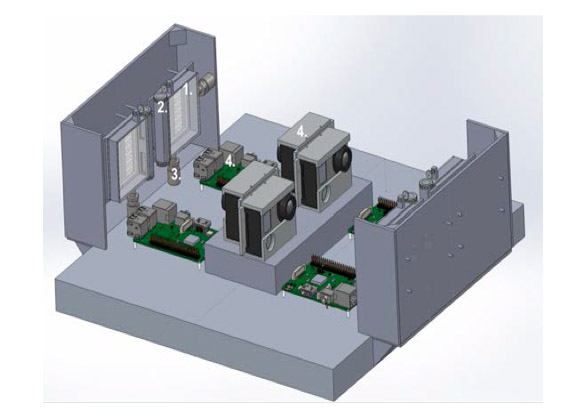T0156-SSuborbital Particle Aggregation and Collision Experiment-2 (SPACE-2)
Suborbital Particle Aggregation and Collision Experiment-2 (SPACE-2)
PI: Julie Brisset, Josh Colwell (Co-I), University of Central Florida
PI: Julie Brisset, Josh Colwell (Co-I), University of Central Florida

Technology Areas (?)
- TA04 Robotics, Tele-Robotics and Autonomous Systems
- TA08 Science Instruments, Observations and Sensor Systems
Technology Maturation
The technical features tested during the flight will allow for a miniaturization of particle collision experiments and the preparation of a CubeSat mission due to fly at the end of 2016.
Future Customers
Q-PACE (CubeSat-Particle Aggregation and Collision Experiment) will allow for the observation of a multi-particle system in unprecedented long-term microgravity conditions, delivering a very high amount of new collision data to the scientific community and enabling statistical analysis of these collisions (compared to the classical single particle analysis).
Technology Details
-
Selection DateREDDI-F1-15 (Nov 2015)
-
Program StatusActive
- 2 sRLV
Successful FOP Flights
Development Team
-
PIJulie Brisset
-
PI Organization
-
Co-IJosh Colwell
-
Co-I Organization
-
SponsorNASA
-
More Information

